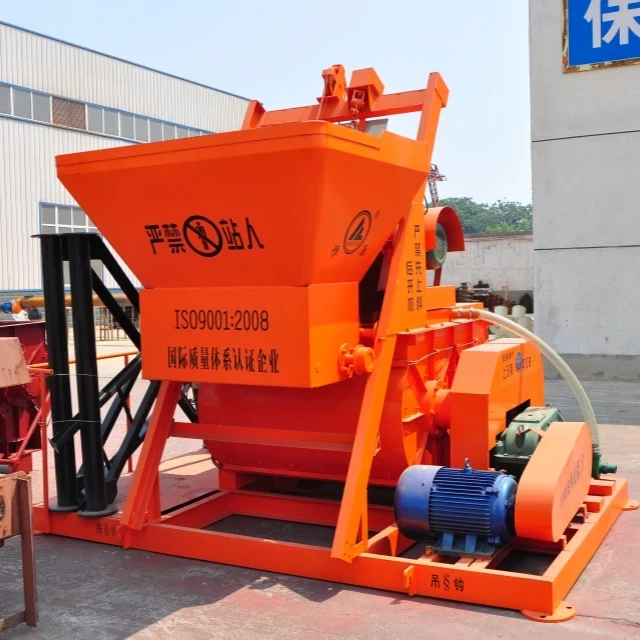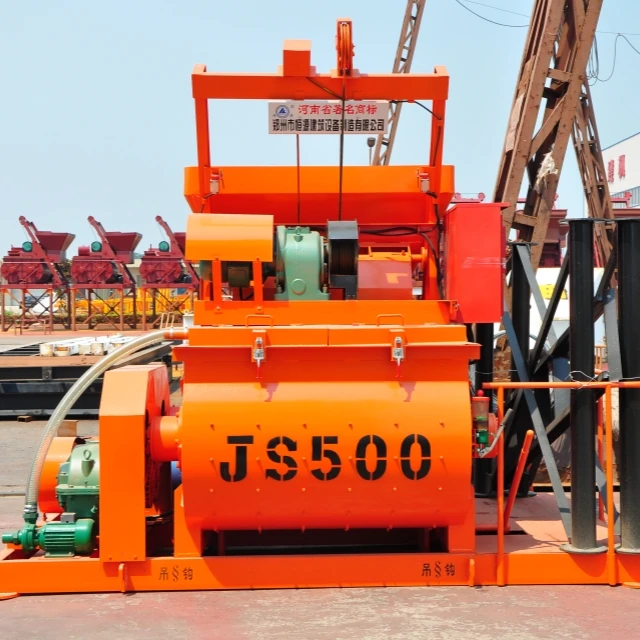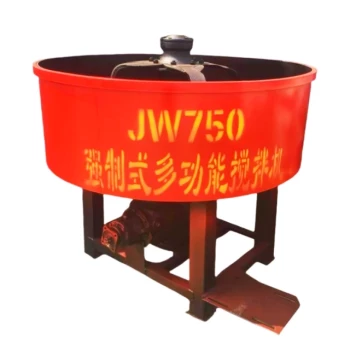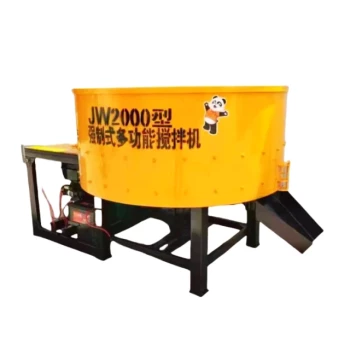Introduction
Every year, preventable construction accidents occur due to one overlooked resource: the concrete mixer manual. Beyond being a booklet in the glove compartment, these manuals are legal safeguards and operational lifelines. This article reveals why compliance isn’t optional—it’s the barrier between safe worksites and catastrophic failures. We’ll analyze OSHA’s mandates, real-world accident cases, and actionable strategies to turn manual guidelines into frontline defenses.
Operational Safety Depends on Manual Compliance
How Manuals Prevent Equipment Malfunction Hazards
Concrete mixer manuals aren’t suggestions—they’re engineered protocols. Skipping the pre-operation checklist (e.g., verifying fluid levels or inspecting drum blades) can lead to:
- Mechanical failures: Unsecured drum latches cause spillage during transit.
- Electrical hazards: Overloading circuits beyond manufacturer specs risks short circuits.
- Structural collapses: Improper load distribution strains chassis welds.
Ever wondered why identical mixer models have varying lifespans? The answer often lies in manual adherence.
OSHA Standards and Legal Obligations for Mixer Operation
OSHA’s 29 CFR 1926.600 mandates that equipment "must be operated per manufacturer instructions." Key takeaways:
- Training requirements: Operators must demonstrate competency in manual-specified procedures.
- Documentation: Maintenance logs must align with manual intervals to avoid citations.
- Liability shield: In lawsuits, proving manual compliance can negate negligence claims.
Reference: OSHA emphasizes "skilled operators" trained via manufacturer guidelines to mitigate risks.
The High Cost of Overlooking Manual Guidelines
Case Study: Workplace Accidents Linked to Improper Mixer Use
In 2021, a Kentucky construction firm faced $350,000 in penalties after a mixer drum detached mid-operation. The investigation revealed:
- The operator bypassed daily bolt-torque checks (outlined in Chapter 3 of the manual).
- Maintenance used generic lubricants, not the manual’s specified high-temperature grease.
Financial and Legal Repercussions for Non-Compliance
- Fines: OSHA penalties exceed $15,000 per violation for willful non-compliance.
- Insurance voids: Most policies exclude coverage for accidents caused by manual violations.
- Reputation loss: Contractors risk blacklisting for repeat safety violations.
Imagine losing a project bid because your safety record shows preventable incidents—would that justify skipping a 10-minute manual review?
Best Practices for Manual-Driven Mixer Management
Pre-Operation Checks Derived from Manual Protocols
Transform manual directives into a laminated checklist:
- Fluid inspection: Hydraulic oil levels (per Section 2.1 of most manuals).
- Drum integrity: Check for cracks or worn blades (visual guide in Appendix B).
- Control calibration: Ensure throttle responses match RPM ranges.
Long-Term Maintenance Strategies to Avoid Breakdowns
- Scheduled servicing: Replace wear parts (e.g., bearings) at manual-prescribed hours, not just when failures occur.
- Climate adaptations: Manuals specify cold-weather oil grades or summer coolant ratios.
- Software updates: Modern mixers with IoT sensors require firmware patches detailed in revision logs.
For teams using Garlway winches and machinery, integrating these protocols ensures compatibility with load limits and operational synergies.
Conclusion: Manuals as Silent Guardians
Concrete mixer manuals are more than paperwork—they’re shields against human error and legal vulnerabilities. By institutionalizing manual compliance, contractors protect lives, profits, and reputations. Actionable steps today:
- Conduct a manual audit for all active equipment.
- Embed manual excerpts into daily toolbox talks.
- Partner with manufacturers like Garlway for brand-specific training.
The next time a mixer engine hums to life, remember: its safest performance lies in the pages you’re holding.
Related Products
- JDC350 Small Cement Concrete Mortar Mixer
- HZS90 Large Multiquip Concrete Mixers for Construction
- Construction Products Concrete Plant Machine Mixing Concrete Mixer
- Auto Concrete Cement Mixer Machine New
- Commercial Construction Mixer Machine for Soil Cement Mixing Concrete
Related Articles
- How to Choose Concrete Mixers for Long-Term Reliability and Cost Savings
- How to Maintain Hydraulic Systems in Concrete Mixers: A Safety-Focused Guide
- How to Master Concrete Mixer Operation: Training, Certification, and Safety Protocols
- How to Classify and Resolve Concrete Mixer Hazards with Compliance
- How to Conduct OSHA-Compliant Concrete Mixer Safety Inspections: A Step-by-Step Guide















